Examples of Color Macro Shots of Fruit and Flowers
Detail shooting of flowers and fruit can bring beautiful, high saturation color and intricate textures. This kind of shooting is best shot with a good zoom lens so you do not blur the photo with standing incredibly close to the subject matter. It is also helps to turn on the manual zoom so you can focus on the particular detail in the flower that you want to show.Shooting on a medium light day also greatly helps the vibrancy and illumination of the petals. High light can cause blowout and overexposure of the image which will wipe out all the intense details. Low light will cause color distortion and inaccuracy. It will be important as well to adjust your ISO setting, if you can, up and down per shot as you need to depending on the direction the flowers are facing. Also, light meter carefully to bring out the richness of the color without having to do a lot of post work on the computer.
Also, consider the form and shape of each group of flowers you are shooting. The contours of the edges may be the most interesting so you could show the flower from the profile side. Or, the texture and softness of the flower may be best shown in intense, zoomed in detail. Or, perhaps show the grouping of tiny flowers by not zooming in too much and allowing space to show the bending of the stems as well. Perfection is not always the goal in shooting this kind of subject matter. Each flower has its own personality. Try to bring out their character by embracing their imperfections as well as their color. The background, if left simple, can also be used to bring out their intricacies.
Photographing fruit is a similar situation to shooting flowers. They often have amazing color and their abundance in a group are fascinating to capture. Their textures and shape are interesting and through proper exposure, their high saturation color can also be shown in all their vibrancy.
These were shot at an outside farmer’s market which is ideal lighting. Bunches of fruit can also be shot at a grocery store, but often, the fluorescent lights can make the colors inaccurate and dull. You may need to shoot different fruits at different times of year, depending on when they are in season and at peak ripeness and color. This will depend a lot on where you live and what is available. Keeping the exposure accurate is also important to keep the roundness of their shapes. Over exposing the image can take away the edges and blend each piece together.
Remember to experiment with each image to capture the subjects at their maximum color. You may want to bracket in case the lighting changes or the color is not 100% accurate.

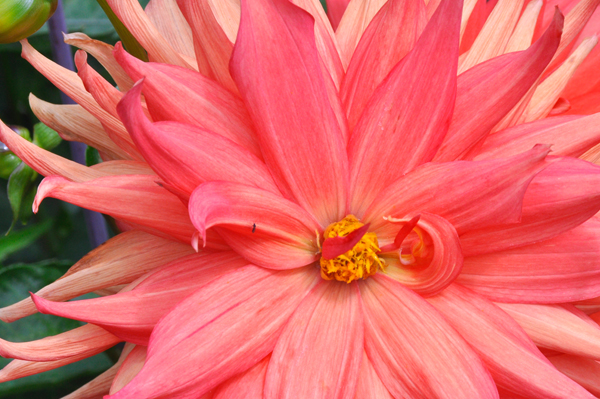
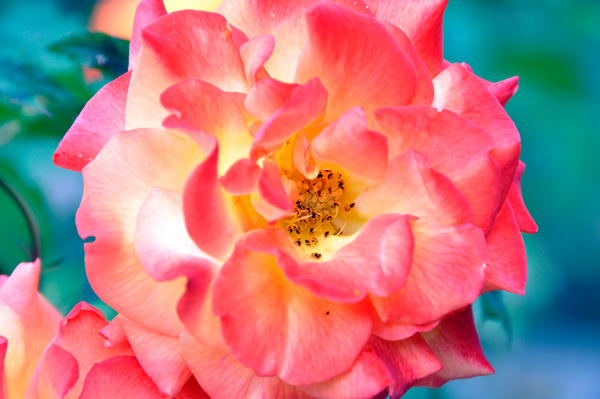


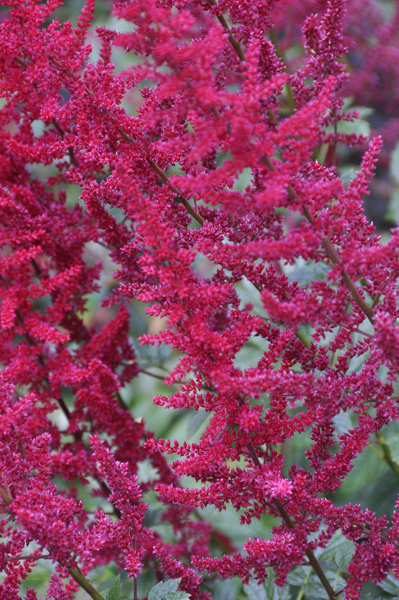

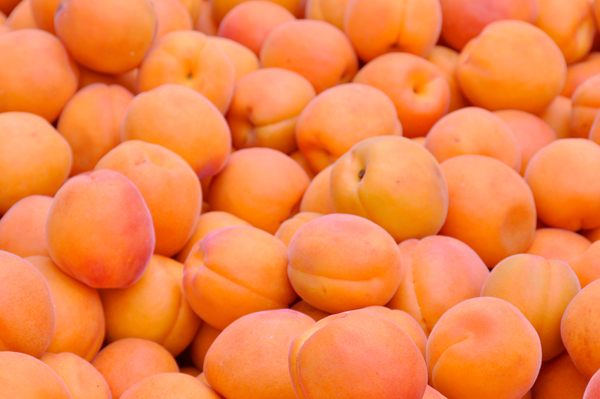
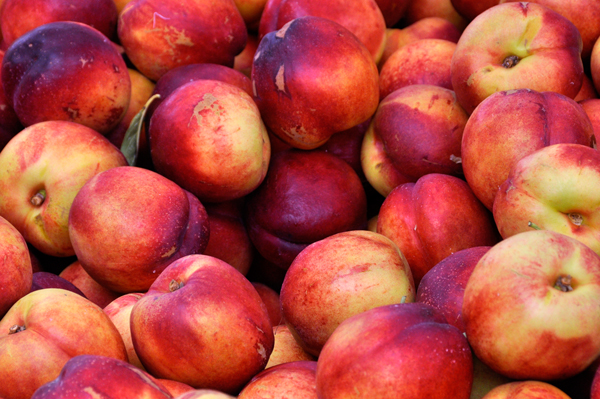

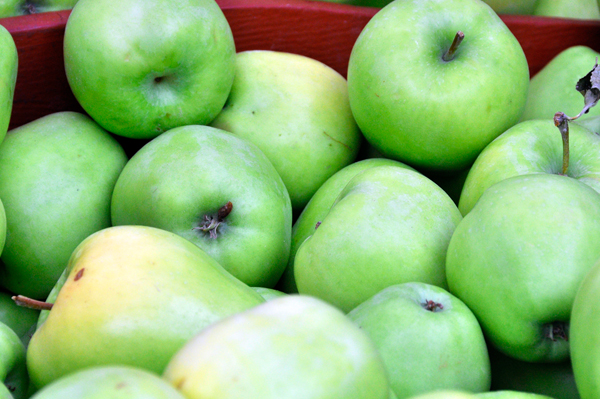
No comments:
Post a Comment